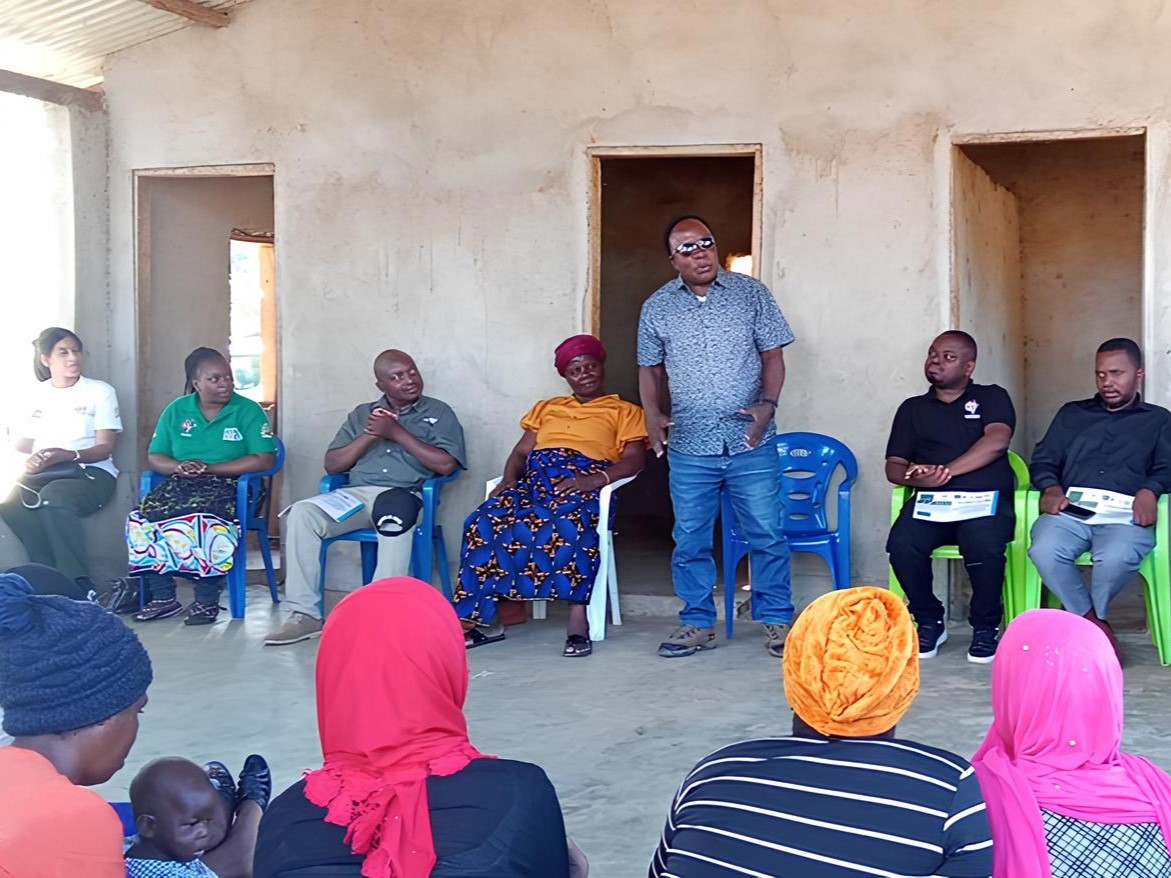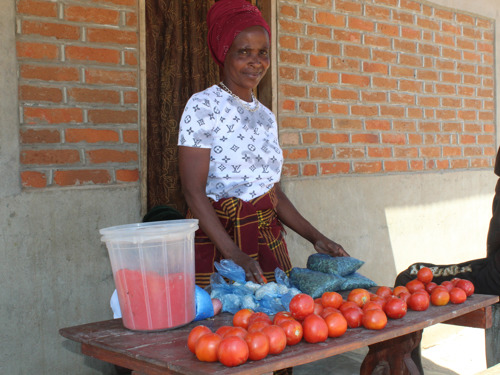Waterbird conservation project takes flight

The Traditional Authority, Kalimanjira, explaining the benefits of the project to the community and the environment. Credit - Wildlife and Environmental Society of Malawi (WESM).
Conserving Malawi’s Chia Lagoon through a community-led approach
Located approximately 24 km south of Nkhotakota town in Central Malawi, Chia Lagoon is the largest lagoon in the country. The lagoon covers an impressive 17 km2 in the middle of a watershed that stretches across approximately 989 km2. Chia Lagoon supports diverse ecosystems and is home to various species, including several on the IUCN’s Red List of Threatened Species such as the Banded Tilapia (Tilapia sparrmanii), and a wide variety of bird species such as Black Heron (Egretta ardesiaca), Ring-necked Dove (Streptopelia capicola), and the Lesser Masked Weaver (Ploceus intermedius). Further, it supports the livelihoods of more than 7,857 households, including farmers, fishermen, and bird hunters.
In 2023, BirdLife International and its national partner, the Wildlife and Environmental Society of Malawi (WESM), in collaboration with Malawi University of Science and Technology (MUST) and the Micro Loan Foundation, began implementing the ’Community Approach to Waterbird Resources Management at Chia Lagoon’ project. The project aims to restore the vital Chia Lagoon ecosystem, reversing declines in vulnerable bird species, and improving local livelihoods.
As part of the project implementation activities, WESM has established community-based sustainable hunting groups to conserve waterbirds through the establishment of bird sanctuaries and habitat restoration activities. In March 2023, the project facilitated the first bird guiding training, with 180 hunters trained on how to identify and record bird species as part of capacity building in avitourism. Additionally, the project procured, distributed, and supervised the planting of 6,000 tree seedlings as part of restoration activities of degraded areas around Chia Lagoon, covering 8.1 ha.
Additionally, 13,597 tree seedlings including Cassareeps, Albizia lebbeck, Khaya yasica, in addition to fruit trees such as guavas, mangos and oranges, are currently in nurseries. It is envisaged that the trees will be instrumental in the restoration of degraded land, approximately 18 ha in size. In February 2021, WESM, MUST and the Fisheries Department carried out a bird sanctuary mapping exercise, with 15 bird sanctuaries mapped out within the lagoon.
“By involving the community in conservation efforts, we not only protect the environment but also create economic opportunities through tourism."
“By involving the community in conservation efforts, we not only protect the environment but also create economic opportunities through tourism. Chia Lagoon is a hidden gem - its potential as a tourism hotspot could transform the local economy and protect its biodiversity for future generations,” notes Chifundo Dalireni, the Project’s Coordinator at WESM.
A key element of the project is improving livelihoods. Consequently, the project has partnered with Microloan Foundation to provide loans to the local communities. In March 2024 the project conducted a 2-day business management training attended by 180 bird hunters including 79 women and 101 men. Following this training, two microloan clusters were established, with 6.5 million Malawi Kwacha / MK (USD 3,900) given out, in the first phase of the loan disbursement.
Women from local communities have benefited greatly from these loans.
“I received a loan of MK150,000 to expand my Zitenje (cloth) and fish business. With the profits, I bought a bicycle, repaid the loan with interest, and I’ve been able to support my family of six. This loan has made a huge difference in my life. I’m more financially independent, and my family’s standard of living has improved, and now, we no longer engage in unsustainable practices in the Lagoon,” says Prisca Banda, a 35 year-old female entrepreneur
“Through the support from microloans, I have been able to pay school fees and I am now in the process of expanding my business to diversify the farm products I sell to include rice and watermelons”
“Through the support from microloans, I have been able to pay school fees and I am now in the process of expanding my business to diversify the farm products I sell to include rice and watermelons,” says Zainab Amis, a 45 year-old woman who runs a farm produce business selling tomatoes and onions.
“The district council is fully supportive of this project. We understand the importance of conserving our natural resources while simultaneously improving the livelihoods of our people,” notes Jane Khaira, Nkhotakota District Environmental Officer.
“The project’s benefits are clear. Our community depends on Chia Lagoon for both food and income. The project has given us hope for a better future, where both the environment and the people can thrive together," says Andrew Thupilauma, a traditional leader in Kalimanjira.
Moving forward, the project intends to work hand in hand with various stakeholders including the Nkhotakota District Council to promote sustainable livelihoods, while ensuring the conservation of Chia Lagoon’s biodiversity.
“This project represents a unique opportunity to bring together conservation and community livelihoods. We are not just protecting the environment but also enhancing the lives of people who rely on Chia Lagoon’s resources for their survival,” concludes Blessings Chingagwe, WESM’s Programmes Manager.

Written by Ausward Bonongwe and Temwanani Kalulu. For more information on this Darwin Initiative Main project 30-012, led by BirdLife International, please click here.

 Back
Back